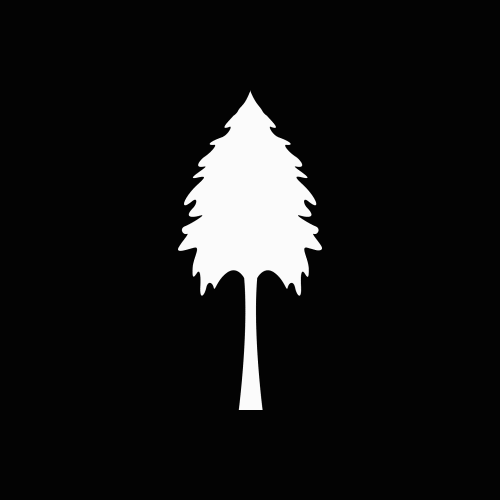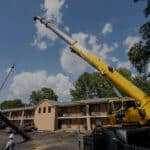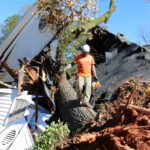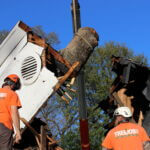Signs That Your Trees May Be Sick
Justin Hitt
July 16th, 2021
The summer season can be incredibly harsh on your trees. In addition to the blazing heat, your trees will be more susceptible to pest infestations, fungus, and diseases. TreeJob offers arborist services to keep your trees in good health all year long. An arborist is essentially a tree doctor, capable of evaluating, diagnosing, and treating trees. If you notice some of the common symptoms, your trees might need a house call from one of our arborists.
Common Symptoms of Tree Disease
- White Mildew—If you notice powdery white spots on your tree’s leaves, your tree has a mildew problem that needs to be addressed. A few small white spots will eventually grow to fully covering leaves and stunt your tree’s growth. Mildew generally appears during times of high humidity.
- Brown or Yellow Leaves—During the summer, most deciduous trees should have green leaves. Brown and yellow leaves should not be present until late fall when your tree is preparing for winter dormancy. Yellow leaves could indicate a deficiency in a crucial nutrient. Brown leaves are dead or dying. If you notice major branches dying or the leaves wilting throughout the tree, there is a disease at play. One possible disease could be armillaria root rot. This disease starts as a fungus, causing rot and attacking the tree’s roots. A tree is dependent on its roots to deliver essential nutrients, so this disease can be deadly if left unchecked for too long.
- Fungus at the Tree Base—There is a type of fungus that often plagues oak trees with rotting diseases. The fungus will stunt the growth of the tree as it infects the tree. Forming brown shelves at the base of the tree, the fungus will later turn black. Unfortunately, infected trees can become fall risks very quickly. If you suspect your tree is infected, schedule a visit from one of our tree technicians for a professional evaluation. Our technicians are trained to identify, analyze, and reduce the risk of your trees.
- Black Shoots and Flowers—A disease called fire blight can leave your tree with morbid black shoots and flowers, eventually resembling the shape of a shepherd’s crook. An infected tree will generally be symptomatic after a few weeks. The disease is very aggressive as it doubles the tree’s bacteria population with each passing hour. Act quickly if you notice any signs of this illness.
- Bark Peeling Away—Bark is a crucial protective barrier for your tree. When the tree’s bark is removed, the inner core of the tree is exposed and vulnerable. Your tree may struggle to retain necessary nutrients and eventually die if left without attention.
- Fluid Seeping—When your tree has excessive fluid coming out of your tree and pooling at the base, your tree could be suffering from alcoholic slime flux. Generally, the fluid has a sour smell and leaves noticeable dark colored streaks on the tree.
- Gray Fungus—Plaguing hickory, cherry, maple, and birch trees primarily, fomes fomentarius is a gray fungus that will attach itself to your tree and keep spreading. It has a hoof shape and tiny white spores on the bottom.
If your tree needs a doctor, schedule a visit from one of our arborists! We can address your trees’ medical concerns and restore the health of your yard. TreeJob is standing by to help your trees!
